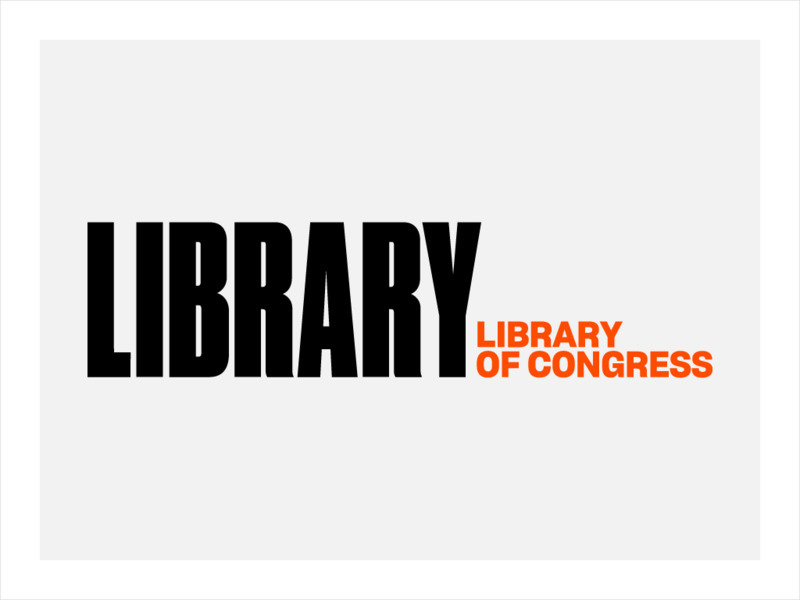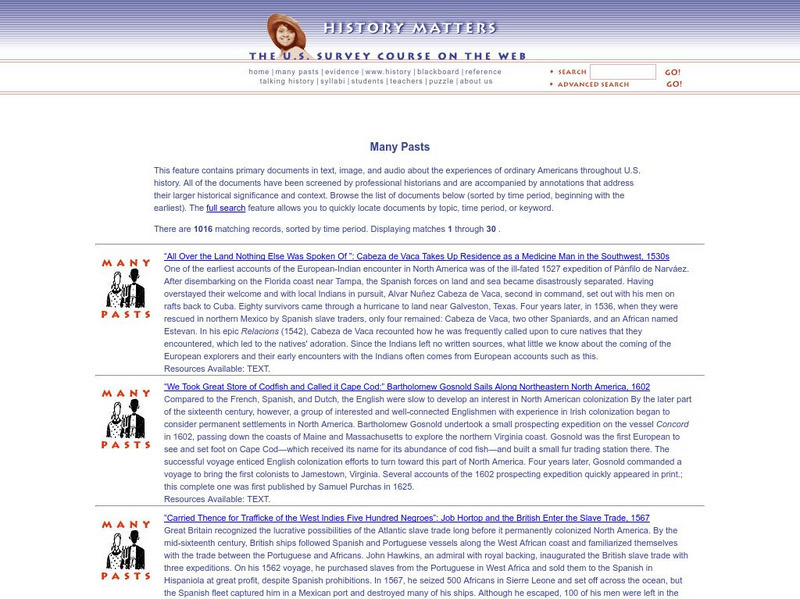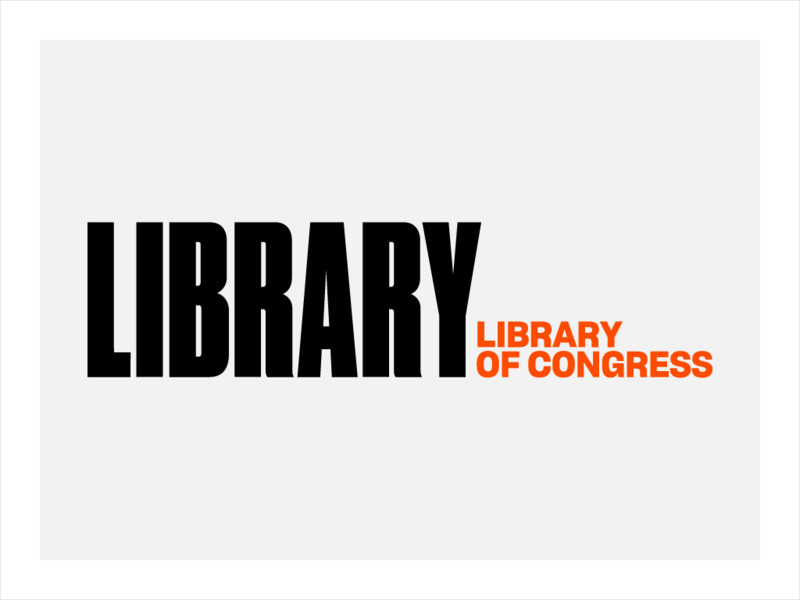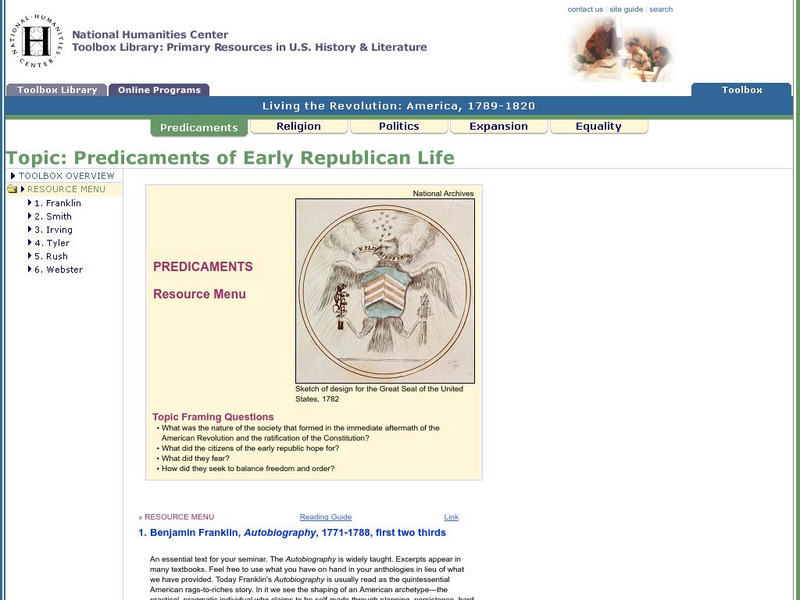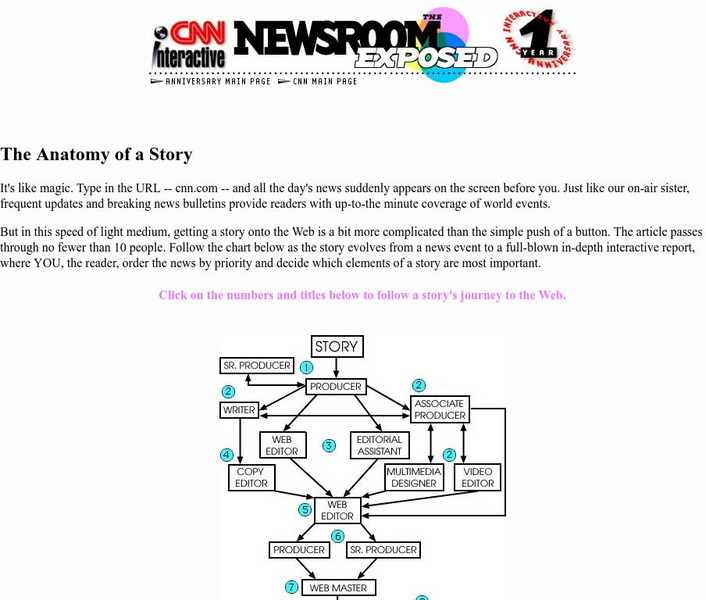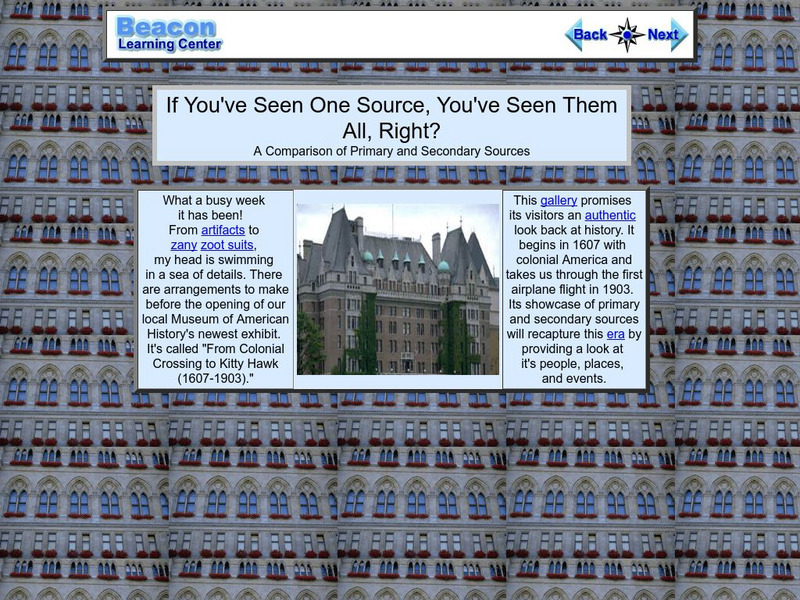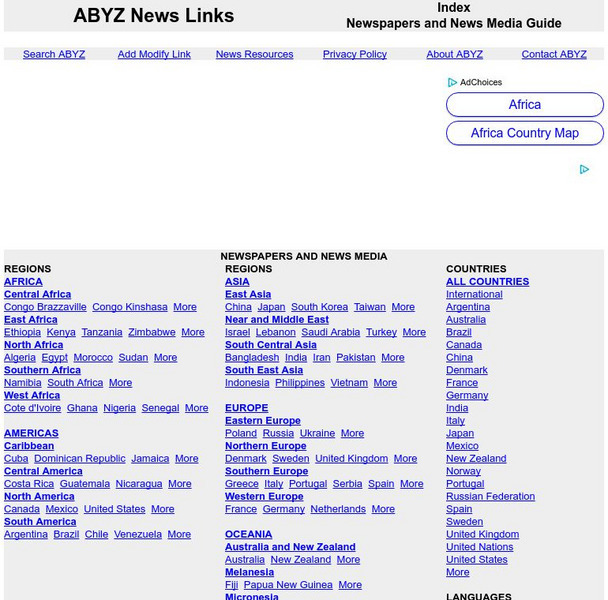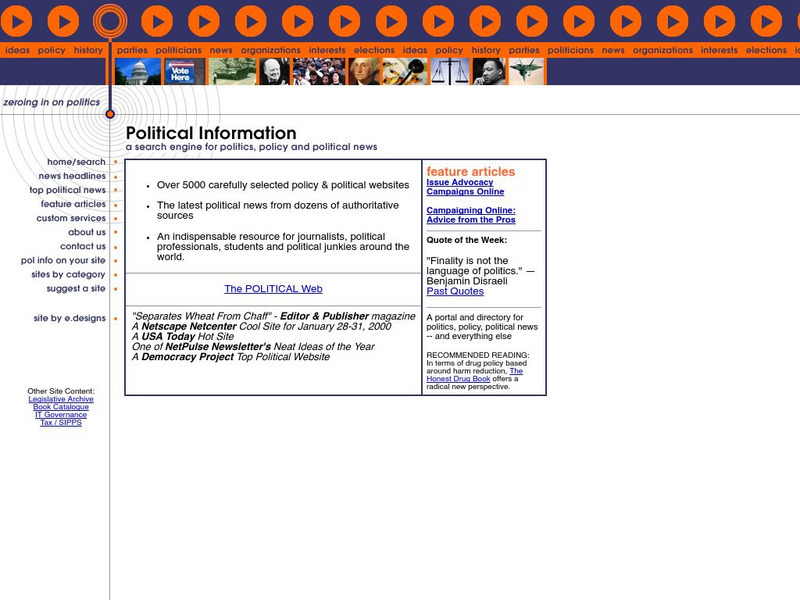Hi, what do you want to do?
Digital History
The Boston Massacre
What better way to get your class interested in history than to embody important historical characters and make events come to life? Stage a realistic mock trial of the British soldiers accused of murdering five Bostonians after the...
National Endowment for the Humanities
Background on the Patriot Attitude toward the Monarch
Learners explain the Patriot attitude toward the British monarchy, which helps them embrace the Founders' reluctance to have a strong executive under the Articles of Confederation as well as their desire to build in checks of executive...
Curated OER
Cartoons for the Classroom: A Parody of Broken Promises
Parodies of political figures are the lifeblood of the editorial cartoons in a free press. North Korea's nuclear threat provides young political scientists an opportunity to hone their critical thinking skills as they analyze a...
Curated OER
Abraham Lincoln and the Five-Dollar Note
Students study Presidential history by researching Abraham Lincoln. In this U.S. history instructional activity, students discuss the changes in the 5 dollar bill and create a timeline of Abraham Lincoln's life. Students...
Library of Congress
Loc: Primary Sources by State
An interactive map to search for extensive collections of primary sources for each of the United States.
Curated OER
History Matters: Many Pasts
These primary source documents are about ordinary Americans throughout US history. There is a full search feature. All the historical documents, whether they are text, image, or audio, have been vetted by a historian. They are initially...
Library of Congress
Loc: For Teachers: Analyzing Primary Source Documents
These student worksheets and activities help students analyze many different types of primary source documents. Life histories, objects, and photographs are all used to engage students.
Library of Congress
Loc: For Teachers: Classroom Materials Using Primary Sources
This excellent teacher resource features lessons that use primary source documents in an engaging way. Included are lesson plans created by teachers, themed resources, primary source sets, presentations and activities, and collections...
Library of Congress
Loc: Teachers: Personal Stories and Primary Sources
Students will explore the value of personal stories and first-hand accounts when exploring history, in this case, the events of the early twentieth century, which included World War I and the Great Depression. Through this five-unit...
BBC
Bbc History Trail: Local History
How can you trace the history of a community? What are the historical clues and tips you can use to find out what shaped its past? This site explains the techniques historians can use and provides great examples.
National Humanities Center
National Humanities Center: Toolbox Library: Predicaments of Early Republican Life
Primary resource material focusses on predicaments in early American history. Students read primary source text to answer questions surrounding the nature of society following the American Revolution, learning about the hopes and fears...
Library of Congress
Loc: Web Guides: Primary Documents in American History
An extensive collection of primary source documents of early development of the new United States. Resources include a wide variety of details about the Northwest Ordinance.
Indiana University
The Center on Congress: Congressional Moments: Primary Sources Gallery
View a wide variety of primary source materials that relate to these six topics: Child Labor, Women's Suffrage, Civil Rights, National Park Service, Securities and Exchange Commission, and The Marshall Plan. Transcripts are available for...
PBS
Pbs Learning Media: Your Brain and Moral Decision Making
In this segment from Curious, scientists conduct an experiment to learn how different areas of the brain are stimulated when making moral decisions.
CNN
Cnn: Anatomy of a Story
A fun interactive site for finding out what happens in all departments of a broadcast newsroom.
Beacon Learning Center
Beacon Learning Center: If You've Seen One Source, You've Seen Them All. Right?
This is a tutorial teaching the difference between primary and secondary research sources. It provides specific examples and asks students to answer questions along the way. Java is required.
Yad Vashem, The World Holocaust Remembrance Center
Yad Vashem: The Holocaust Resource Center After Liberation
Yad Vashem has the largest collection of Holocaust resources than anywhere else in the world. Their main objective is preserving all the stories of this time period so it is not forgotten or repeated. They have broken down the Holocaust...
US National Archives
Our Documents: 100 Milestone Documents
A collection of one hundred documents that are significant in shaping the history of the United States, beginning with the Lee Resolution of June 7, 1776, and ending with the Voting Rights Act of 1965.
Other
Archives Pei: Heritage Fair Projects a Guide to Sources [Pdf]
A comprehensive resource for students and teachers for planning and researching a project for a heritage fair. While it is intended for Prince Edward Island residents, it offers excellent tips, web links and books for guidance.
Howard University
Moments in Black History: Milestones in African American Journalism
This site contains six pages of a timeline with individual events of African American history in journalism. Starts in 1541 with event in Mexico.
Other
University of Virginia: Center for Politics
This non-partisan site serves "as readily accessible resource for scholars, reporters, officeholders and the general public on issues central to our system of government."
Other
Abyz News Links
This site provides listings of links to online news sources from all over the world. Just type the country you're looking for in the search box or use the front page links. The news sources for each country are labeled either broadcast...
Other
Pi: A Search Engine for Politics and Policy
At this site you can search through thousands of political sites and news for research. Also available are news headlines and top political news. Awesome research site.
Other
Usc Annenberg: Online Journalism Review
A review of journalistic issues and news, the OJR covers journalism worldwide, especially in cyberspace.









